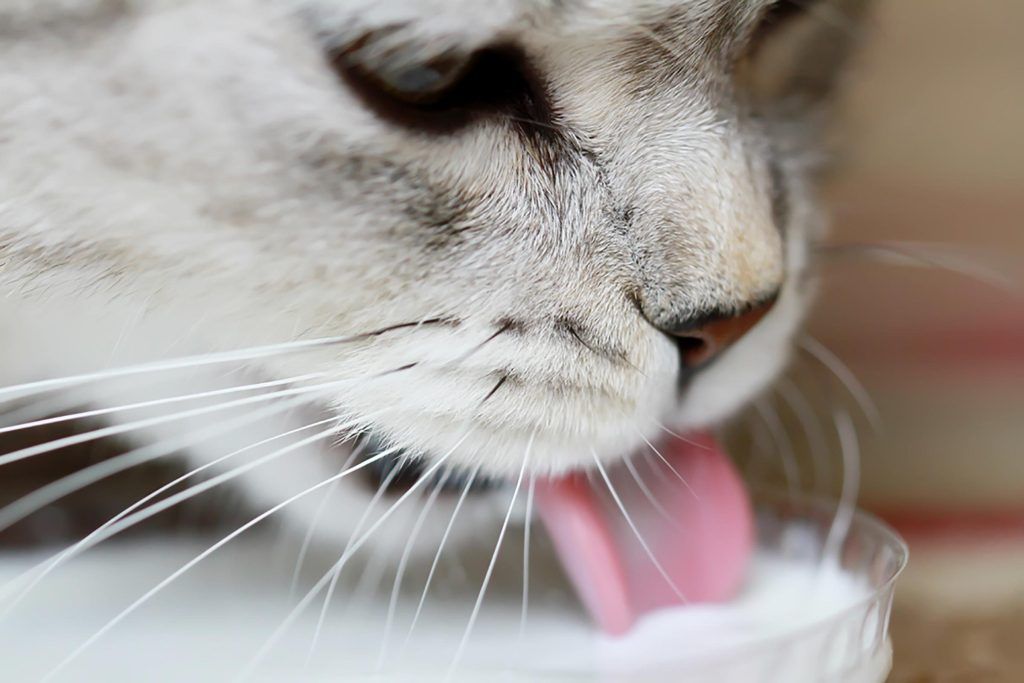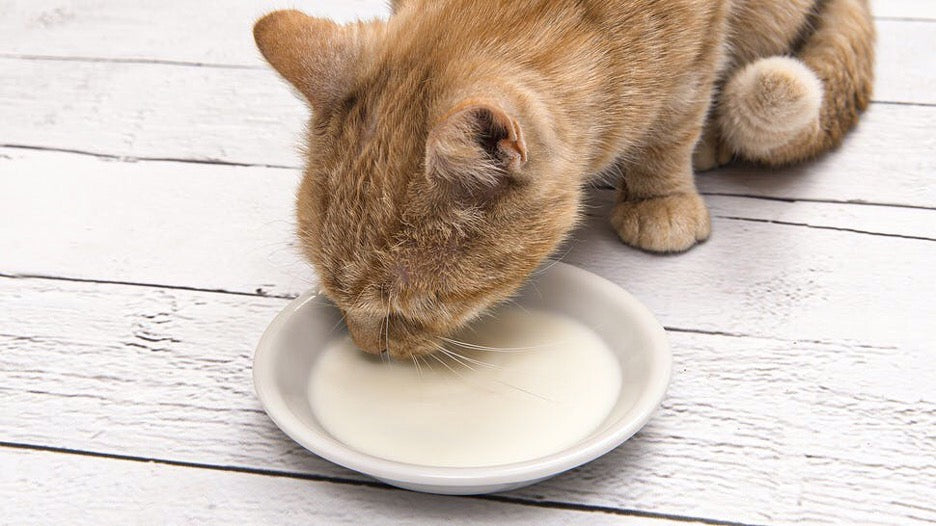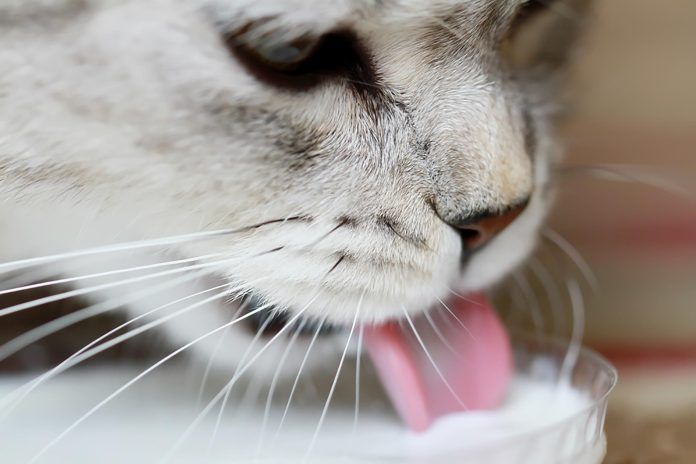Cat owners often wonder if non-dairy substitutes like almond milk can be shared with their feline friends. This article explores the composition and risks of almond milk for cats, differences from dairy, guidelines for occasional treats, recognizing allergies, and professional advice when considering almond milk.
To start, let’s understand key context about cats’ specialized digestive systems and nutritional needs.
Understanding Cats’ Dietary Needs and Preferences
Cats have a species-appropriate diet high in meat-based proteins and fats. Their preferences and digestive systems are not designed to process sugars, carbohydrates, or milk well.

2. Almond Milk Composition
The ingredients and nutritional profile of almond milk differ significantly from dairy milk.
Ingredients in Almond Milk
Almond milk is primarily comprised of finely ground almonds and water, sometimes with added oils, sweeteners, thickeners, and flavorings.
Nutritional Content Comparison with Regular Milk
Almond milk is naturally lactose-free but lacks the same protein and calcium levels as dairy milk designed for mammalian offspring growth.
3. Cats’ Digestive System
Cats have unique gastrointestinal differences from humans that impact what they can digest.
Unique Aspects of Feline Digestion
The feline digestive tract is shorter than humans’ with faster transit time. Key enzymes to digest plants and dairy are minimal or absent.
Lactose Intolerance in Cats
Most cats are lactose intolerant, lacking the lactase enzyme to properly digest lactose sugars in milk. This results in gastrointestinal upset.
4. Potential Risks of Almond Milk
Certain components of almond milk may be unsafe for cats.
Almonds and Their Potential Toxicity to Cats
The high phosphorus content in almonds can disrupt calcium absorption. Ingesting raw almonds also risks intestinal blockages.
Additives, Sweeteners, and Flavorings in Almond Milk
Added sugars, artificial flavors, xanthan gum, and carrageenan in some almond milks pose toxicity risks for cats. Check labels carefully.
5. Cats and Lactose Intolerance
Let’s explain cats’ intolerance to lactose in more detail.
Explaining Lactose Intolerance in Cats
Unlike most infant mammals, adult cat bodies stop producing adequate lactase enzyme to break down lactose sugars in milk. Consuming lactose results in gastrointestinal symptoms.
How It Differs From Humans
Whereas some adult humans retain lactase enzymes for lifelong dairy digestion, nearly all grown cats are lactose intolerant and lack this ability.
6. Can Cats Consume Dairy?
While most cats are lactose intolerant, small amounts of certain dairy products are better tolerated.
Small Amounts of Dairy That Cats Can Tolerate
In moderation, hard cheeses, yogurt, and high-fat cream may be digested by some cats. The bacteria in yogurt aids digestion.
Types of Dairy Products Suitable for Cats
Small servings of plain, unsweetened yogurt or high-protein, low-sugar cheese are least likely to disrupt feline digestion. Always monitor reactions.
7. Almond Milk vs. Dairy Milk for Cats
How does almond milk compare to dairy milk for feline tummies?
Comparing Almond Milk and Dairy Milk Effects on Cats
While dairy causes intestinal upset due to lactose, almonds’ high phosphorus can disrupt calcium absorption long-term when over-consumed. Both pose risks.
Calcium and Nutrient Considerations
Neither almond nor dairy milk deliver adequate taurine or balanced calcium and phosphorus levels appropriate for cats.
8. Water: The Primary Source of Hydration
Cats have definite preferences when it comes to fluids.
Emphasizing the Importance of Water for Cats
Plain, fresh water must remain the primary fluid source for cats to avoid chronic dehydration and related kidney issues. Milk substitutes should not replace water.
Encouraging Regular Water Intake
Provide multiple bowls around your home. Fountains can promote drinking. Focus on getting cats to drink water routinely.
9. Offering Treats Safely
Cat owners naturally want to share treats, but precautions are needed.
Occasional Treats for Cats
While acceptable at times, high-calorie treats should comprise minimal portions of your cat’s overall diet.
Guidelines for Introducing New Foods
Slowly transition new foods over several weeks. Start with tiny servings to watch for individual tolerance and reactions.
10. Homemade Almond Milk for Cats
What about making homemade almond milk tailored for cats?
Risks and Benefits of Homemade Almond Milk
While customizable, improperly prepared homemade almond milk risks bacterial contamination and nutrient imbalances. Significant veterinary guidance is imperative.
Recipe with Feline-Safe Ingredients
A basic cat-friendly recipe uses just a handful of soaked raw almonds, water, pinch of salt, and vet-advised nutritional supplements.

11. Store-Bought Almond Milk
If purchasing commercial almond milk, read labels diligently.
Reading Labels for Feline-Friendly Options
Seek out unsweetened varieties free of xanthan gum, carrageenan, and artificial flavors. Avoid sugar substitutes.
Recognizing Harmful Additives
Steer clear of store-bought almond milks with added oils, thickeners, and flavor chemicals toxic to cats. Simplicity is safest.
12. Signs of Almond Milk Allergy or Intolerance
Monitor cats closely when introducing new foods.
Common Symptoms of Adverse Reactions
Look for vomiting, diarrhea, itchiness, excessive shedding, and other signs of digestive upset or allergic response.
When to Seek Veterinary Assistance
Promptly contact your vet if symptoms are severe or persist beyond 24 hours after removing almond milk.
13. Consulting a Veterinarian
Veterinary guidance is advised when considering diet changes.
Importance of Professional Advice
Your vet understands your cat’s health conditions, requirements, and risks. Seek their counsel before introducing new foods.
Discussing Dietary Changes with a Vet
Ask about optimal portion sizes, ingredients, and nutritional balances. Follow transition guidance. Report any concerns promptly.
14. Alternative Hydration and Treats
What are some safer options to provide cats?
Safe Alternatives to Almond Milk
Stick to plain water, tuna juice, low-sodium chicken broth, or veterinary-approved hydration supplements.
Exploring Cat-Friendly Treat Options
Consider small pieces of boiled chicken, tuna, grass-fed beef, or cheese as alternative protein-based treats in strict moderation.
15. Understanding Cat Nutritional Needs
The unique feline digestive system requires tailored nutrition.
Essential Nutrients for Cats
Cats need ample animal-derived protein, fat, vitamins like taurine, and minerals calcium and phosphorus balanced properly for skeletal health.
Building a Balanced Diet
Commercial cat foods formulated to meet nutritional standards or nutritionally balanced homemade recipes are healthiest.
16. Transitioning Cat Diets
Any dietary changes should be introduced incrementally.
Gradual Changes in Dietary Routines
Transition new foods or brands by mixing into their regular meals in increasing ratios over a period of 2-3 weeks.
Minimizing Digestive Disruptions
Slow transitions allow the digestive system to adjust and avoid abrupt diet changes that could lead to vomiting or diarrhea. Patience is key.
17. Summary: Can Cats Consume Almond Milk?
In summary, here are the key takeaways:
Recap of Key Points
The limited data available indicates almond milk is likely safe for cats only in very small occasional servings, but lacks complete cat nutrition and poses some risks.
Highlighting Cautious Approach to Almond Milk
Almond milk cannot replace water. Treat carefully as an occasional snack after consulting your vet, not a beverage or dietary staple.
Conclusion
When it comes to feline nutrition, err on the side of safety and species-appropriateness.
Prioritizing Feline Health and Nutrition
While well-intended, resist urges to over-anthropomorphize food choices. Consider evolutionary cat physiology and deficiencies.
Responsible Treat Choices
Occasional cat treats can enrich the human-feline bond, but select options carefully based on individual health factors. Moderation is key.
Recommended Readings and Sources
- Tufts Cat Nutrition AMA Posts
- UC Davis Feline Nutrition Articles
- FDA Pet Food Guidelines
Expert Opinions on Feline Diet
Consulting board-certified veterinary nutrition specialists is recommended when formulating nutritionally balanced homemade cat food recipes or seeking individualized dietary advice.

